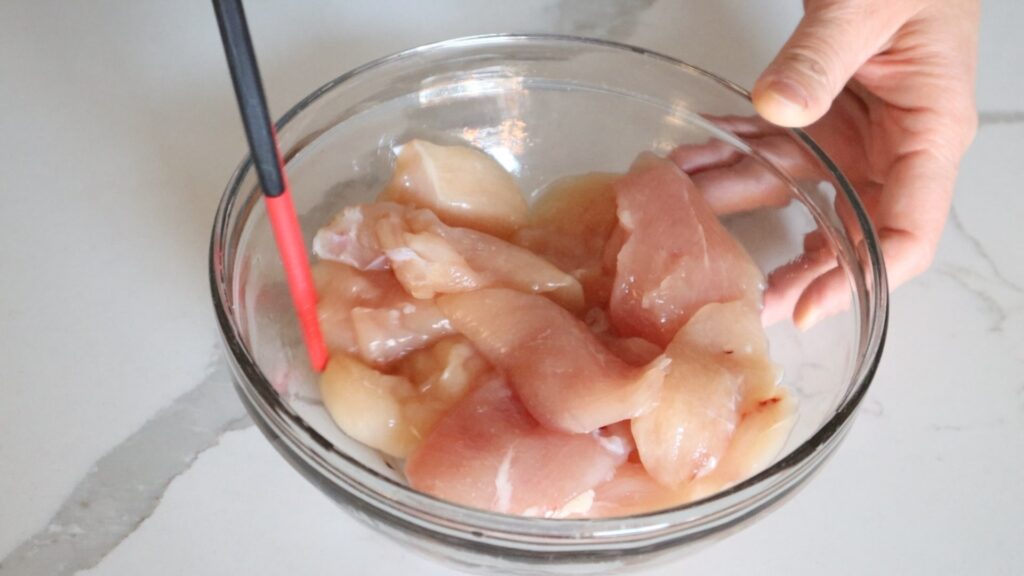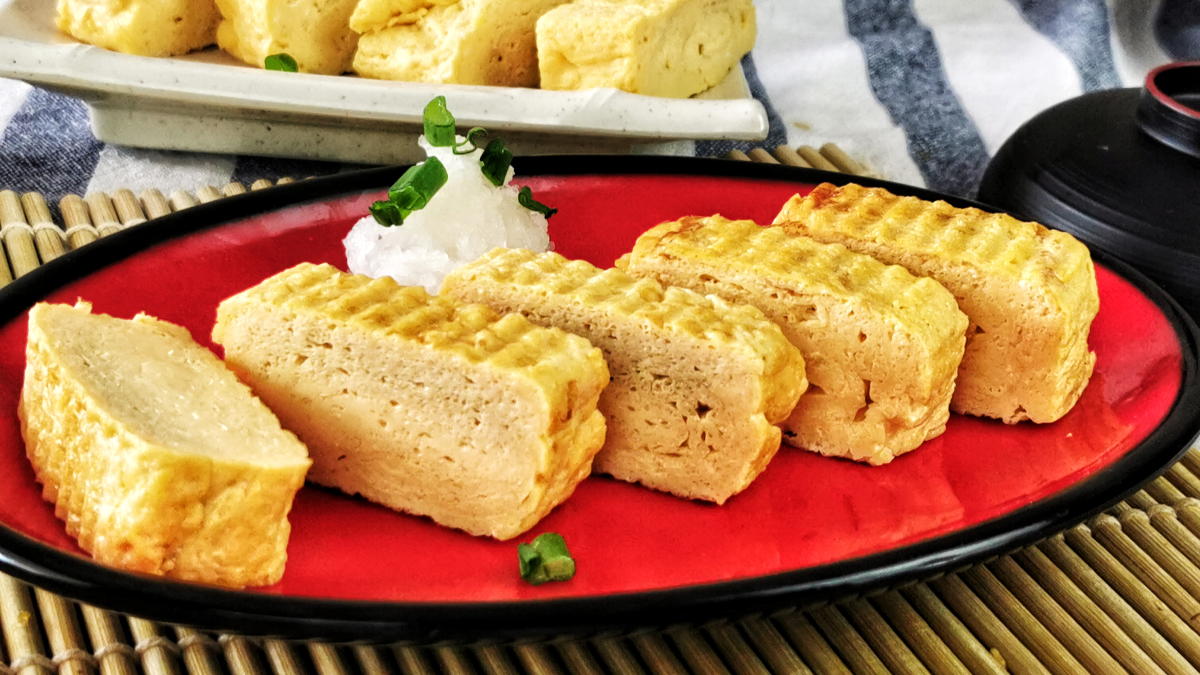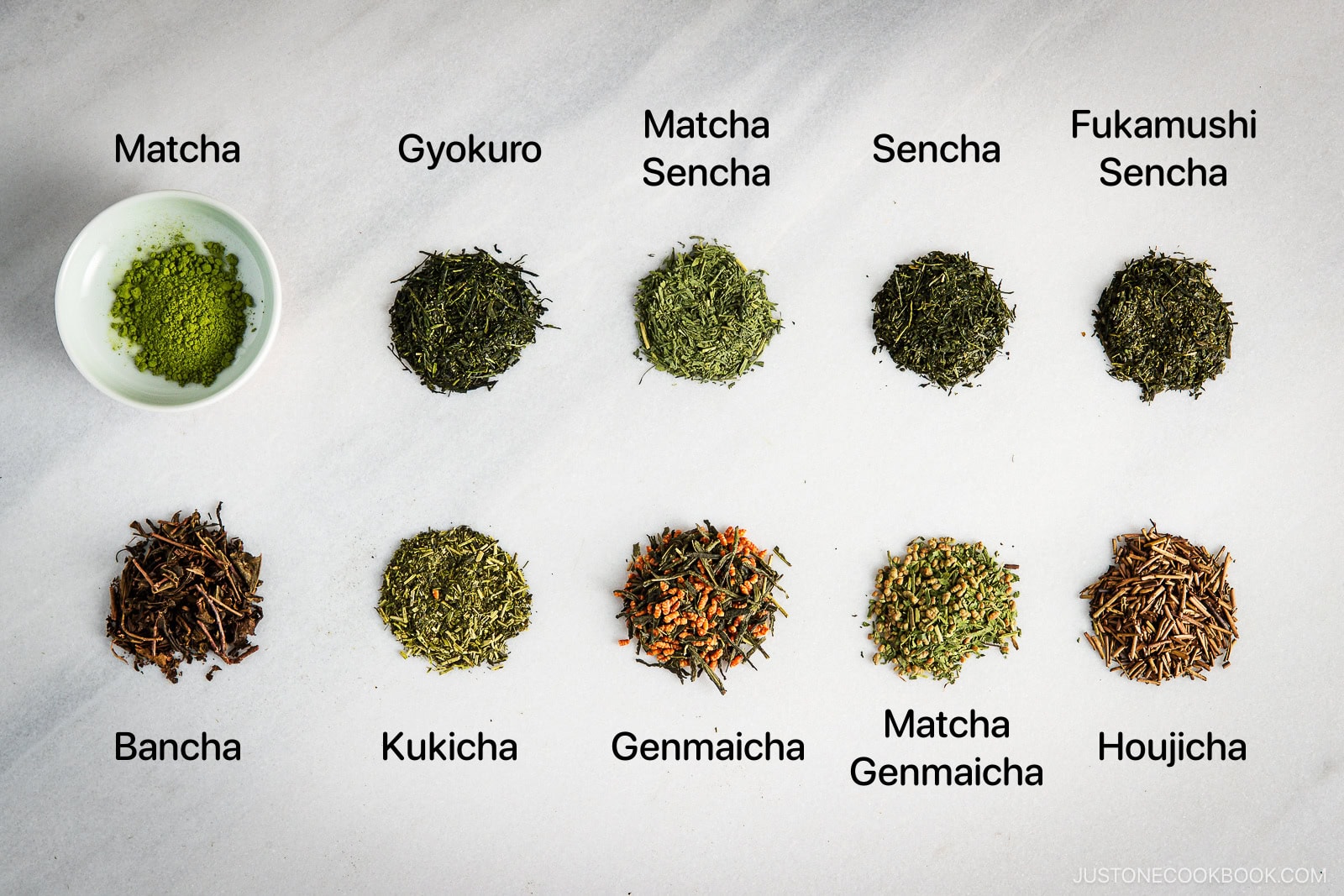Japanese chashu pork is not only a beloved topping for ramen; its melt-in-your-mouth texture and visually appealing presentation have won the hearts of many. Wondering if you can recreate this dish at home? Absolutely! Here’s a detailed guide on how to prepare homemade chashu, complete with a video explanation.
What is Chashu?
Chashu (also known as cha shu or 焼豚) refers to grilled or fried pork, but the preparation actually begins with braising the meat. This method results in a different outcome compared to Chinese Char Siu, which is barbecued throughout.
Let’s explore the details of making this delicious dish.
Note: This post may contain affiliate links. Please read my privacy policy for more info. I may receive commissions for purchases made through links in this post. As an Amazon Associate, I earn from qualifying purchases.
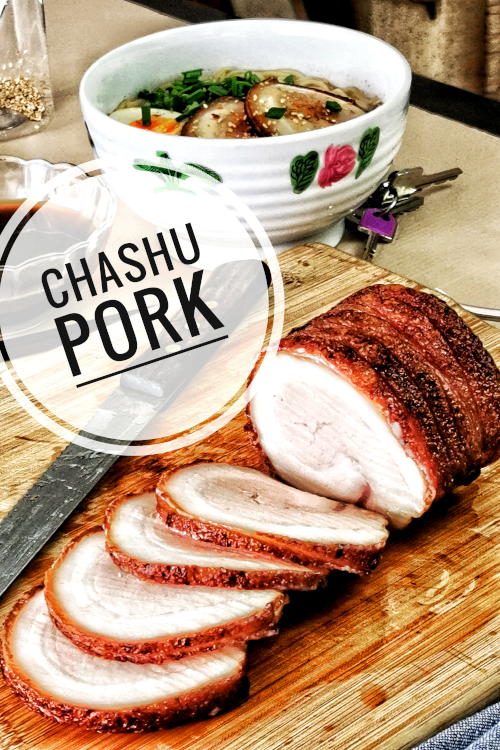
How to Prepare Chashu Pork
You can make chashu pork either rolled or unrolled. In this recipe, I will guide you through the process of making rolled pork belly chashu, which is commonly served as a ramen topping.
The purpose of rolling the pork is to retain moisture during cooking and enhance its appearance.
Pork belly is my preferred choice for chashu due to its higher fat content, which results in a tender, melt-in-your-mouth texture. While you can use leaner cuts like pork shoulder or loin, they tend to dry out during cooking.
1. Roll and Tie the Pork Belly
- Start by purchasing a block of pork belly from your butcher. Trim the sides to create a rectangular shape, ensuring the longer side is long enough to roll like a Swiss roll. Reserve any cut-off portions for other dishes. The pork belly used in this recipe weighs about 1 kg.
- If the pork belly is frozen, remove it from the freezer in advance. It should be at room temperature for rolling.
- Roll the slab of pork belly into a log shape.
- Secure one end of the rolled pork with butcher’s twine, wrapping it twice and tying a knot. Leave a few inches of twine at the end.
- Pull the twine across the log to the other end and wrap it twice while applying pressure to secure both ends.
- Continue wrapping the twine around the pork, leaving about 1 cm (0.5 inches) between each wrap.
- Once you reach the starting point, tie the two ends of the twine together in a knot.
Tip: Watch the video on this page for a visual guide on tying and rolling the chashu, starting at 0:38 minutes.
Tips:
- Ensure the pork is rolled tightly and evenly to achieve a perfect appearance.
- While I leave the skin on, feel free to use skinless pork belly if you prefer.
- Tie the pork securely to prevent it from unraveling after cooking.
2. Braise the Pork Belly with Seasonings and Aromatics
Preparing chashu involves braising the pork belly in a flavorful mixture, followed by searing the outer layer before serving it in thin slices.
The Seasonings
The key seasoning ingredients include:
- Onion, ginger, and scallion (green onions) for aromatics, commonly used in many Chinese braising dishes.
- Sake, mirin, and Japanese soy sauce, which are staples in Japanese cooking. For a Chinese equivalent, consider using Shaoxing wine and both light and dark soy sauce.
- Kombu is optional but adds depth of flavor. If using kombu, remove it after a few minutes of simmering to avoid bitterness.
Braise the Chashu
- Combine all the seasonings in a pot, Dutch oven, or slow cooker.
- Add the pork belly and enough cold water to nearly cover it.
- Bring the mixture to a boil, skimming off any scum or foam that rises to the surface.
- Reduce the heat to low and braise the pork belly for 90 minutes, rotating it every 30 minutes to ensure even flavor absorption and cooking.
- After 90 minutes, remove the chashu and allow it to cool.
- Strain the braising liquid through a wire mesh strainer.
Tips:
- Choose a pot that fits the pork snugly to avoid diluting the flavor with excess water.
- If the pork does not stay submerged, use an otoshibuta (drop lid) to ensure even absorption of flavors.
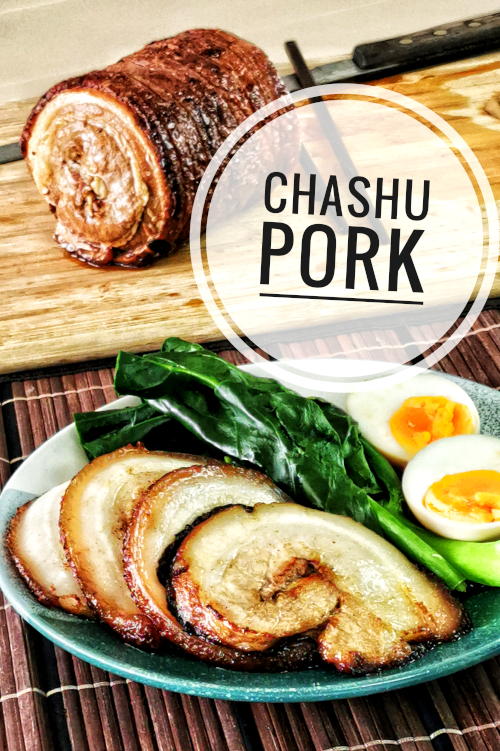
3. Sear the Chashu
- Pat the chashu dry with a paper towel to minimize splattering during searing.
- Heat some oil in a pan or cast iron skillet over medium to high heat.
- Add the pork to the pan and sear on all sides until golden brown.
- The cooking time will vary; the goal is to achieve a golden crust without fully cooking the pork at this stage. Once done, remove it and let it cool.
Note: Some chefs prefer to sear the pork before braising, but I find that searing after braising works just as well.
4. Let the Chashu Rest Overnight
- Place about 2 cups of the braising liquid in another pot and bring it to a boil for 10 minutes to concentrate the flavor.
- Once cooled, combine the concentrated braising liquid and the seared chashu in a ziplock bag.
- Refrigerate the bag, allowing the pork belly to soak in the flavorful liquid. Occasionally adjust the position of the pork to ensure it is fully submerged.
Note:
- Using the concentrated braising liquid for soaking enhances the flavor of the chashu.
5. Slice and Pan-Fry the Chashu
The next day, remove the chashu from the ziplock bag.
- Cut the kitchen twine with scissors.
- Slice the pork into pieces about 1/4 inch thick using a serrated knife.
- Heat a small amount of oil in a pan.
- Lightly brown both sides of the chashu slices to enhance the flavor.
- Serve the slices atop tonkotsu ramen or any other dish of your choice.
Note:
- Instead of pan-frying, you can use a culinary blowtorch to char the surface before serving.
- If you have leftover chashu, freeze it uncut in a freezer-safe container for future use.
Make Use of the Remaining Chashu Sauce
You don’t need to use all the braising liquid to soak the pork overnight. The leftover liquid is packed with flavor and can be utilized in various dishes.
Make Ramen Eggs (Ajitsuke Tamago)
With the sauce, you can easily prepare ramen eggs, which feature a runny yolk and are commonly served with ramen. Here’s how:
- Bring a pot of water to a boil, enough to submerge the eggs.
- Add a tablespoon of white vinegar to make peeling easier.
- Carefully place chilled eggs (straight from the refrigerator) into the boiling water and cook for 7 minutes. The cold yolks will remain runny while the whites cook through.
- Transfer the eggs to an ice bath to halt the cooking process.
- Peel the eggs and soak them in the reserved braising liquid.
- Chill the eggs in the refrigerator to absorb the flavors before serving them cold.
Other Uses
Strain the braising liquid and store it in the refrigerator for up to a month. This flavorful liquid can be used to marinate meats for grilling or as a stir-fry sauce.
How to Serve
Chashu is typically served sliced with ramen. Alternatively, you can enjoy it over steamed rice (chashu don) or incorporate it into fried rice, making it a great way to use any leftover pieces.
Check Out These Related Recipes
If you enjoyed this chashu recipe, you might also like the following:
Miso soup is a comforting Japanese dish made with dashi and miso paste, often served with rice. Kombu is a key ingredient for the dashi stock.
Soy sauce chicken is a popular Cantonese dish that’s easy to prepare, featuring exceptional flavor from high-quality soy sauce and a gentle braising method similar to chashu.


